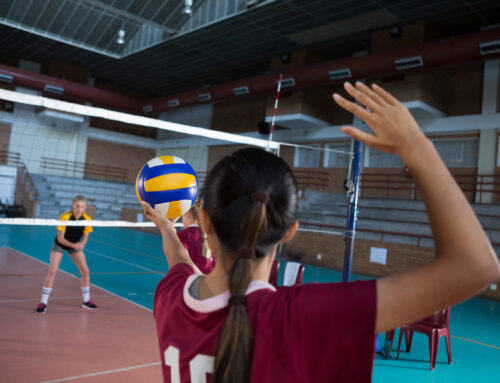Physical education, commonly known as gym class, has been a part of the school curriculum for decades. Its purpose is to promote physical fitness, teach fundamental movement skills, and foster a lifelong love for physical activity. However, as education evolves and priorities shift, some argue that gym class is outdated and should be removed from school schedules. In this blog post, we will explore the benefits of gym class and discuss why it remains an essential component of a well-rounded education.
- Promoting Physical Health:
One of the primary reasons gym class should still be offered in schools is its crucial role in promoting physical health. With the rise of sedentary lifestyles and obesity rates among children and adolescents, providing structured physical activity within the school environment is essential. Regular exercise helps prevent health issues such as heart disease, diabetes, and obesity, while also improving strength, flexibility, and overall fitness. Gym class offers an opportunity for students to engage in physical activity, learn about healthy habits, and develop lifelong wellness practices.
- Enhancing Cognitive Function:
Research consistently demonstrates the positive correlation between physical activity and cognitive function. Engaging in exercise increases blood flow to the brain, improves memory, enhances attention span, and boosts overall academic performance. By incorporating physical education into the school curriculum, students have the opportunity to enhance their cognitive abilities, potentially leading to improved focus, productivity, and better academic outcomes.
- Developing Social Skills:
Gym class provides a unique environment for students to interact and develop their social skills. Through team sports, group activities, and cooperative games, students learn the importance of communication, teamwork, and sportsmanship. These skills are crucial for building positive relationships, resolving conflicts, and fostering a sense of belonging within a community. Furthermore, gym class often promotes inclusivity, diversity, and the acceptance of individual differences, helping students develop empathy and respect for others.
- Encouraging Lifelong Physical Activity:
By introducing physical education during school years, we can instill a love for physical activity and encourage lifelong participation in sports and exercise. The habits and attitudes formed during gym class can carry over into adulthood, leading to healthier lifestyles and a reduced risk of chronic diseases. By equipping students with the knowledge, skills, and positive experiences related to physical activity, we empower them to make informed choices about their well-being throughout their lives.
- Balancing Academic Demands:
In an increasingly competitive educational landscape, the focus on academic achievement can sometimes overshadow the importance of physical well-being. However, research suggests that regular physical activity positively impacts academic performance. Engaging in gym class can serve as a mental break, reducing stress and enhancing concentration levels. Moreover, physical education provides a healthy outlet for releasing energy and pent-up emotions, improving overall mental well-being.
Gym class continues to be a valuable component of the school curriculum, offering numerous benefits for students. From promoting physical health and cognitive function to developing social skills and encouraging lifelong physical activity, the advantages of gym class are significant and far-reaching. By providing regular physical education, schools have the power to shape well-rounded individuals who are not only academically capable but also physically fit and emotionally resilient. As we move forward, it is crucial to prioritize the holistic development of our students by recognizing the importance of gym class within the educational system.




